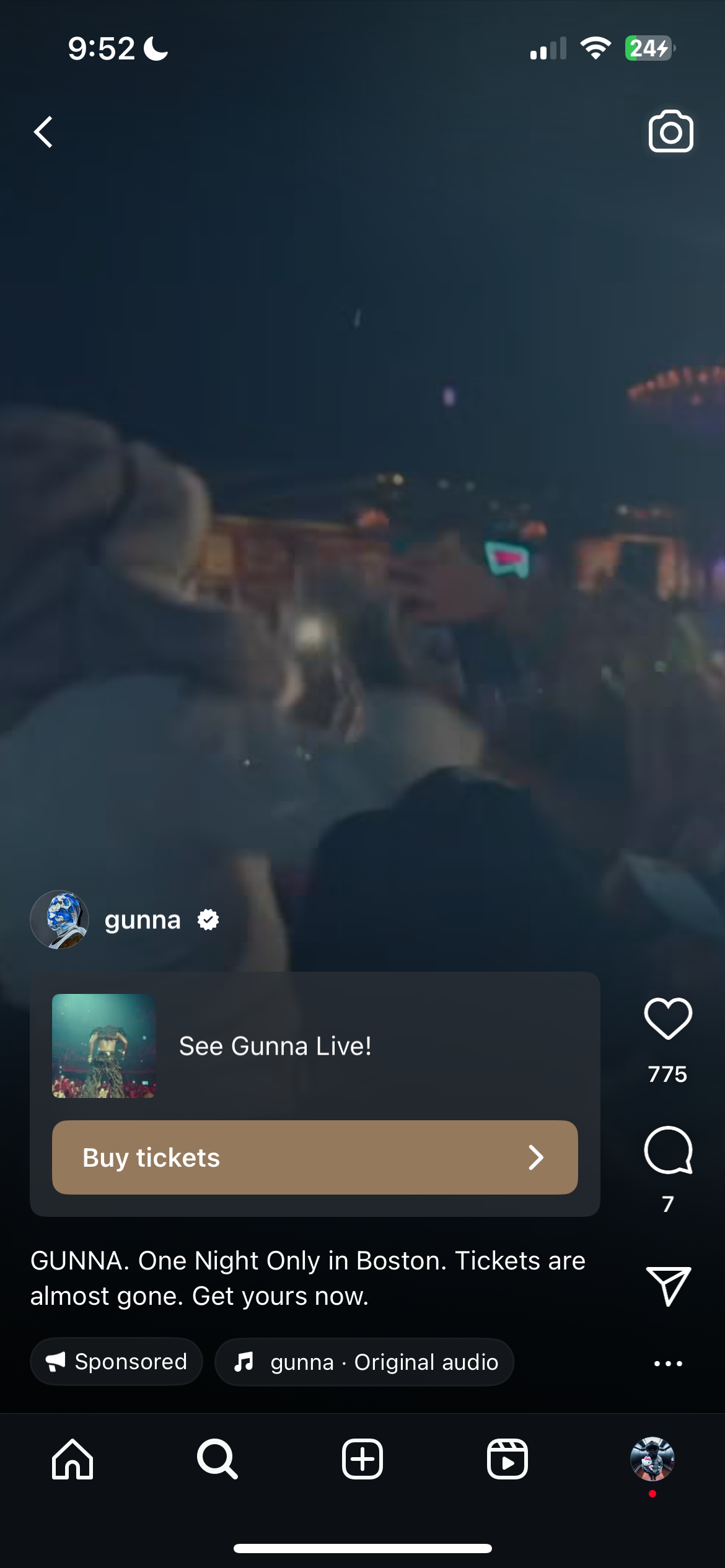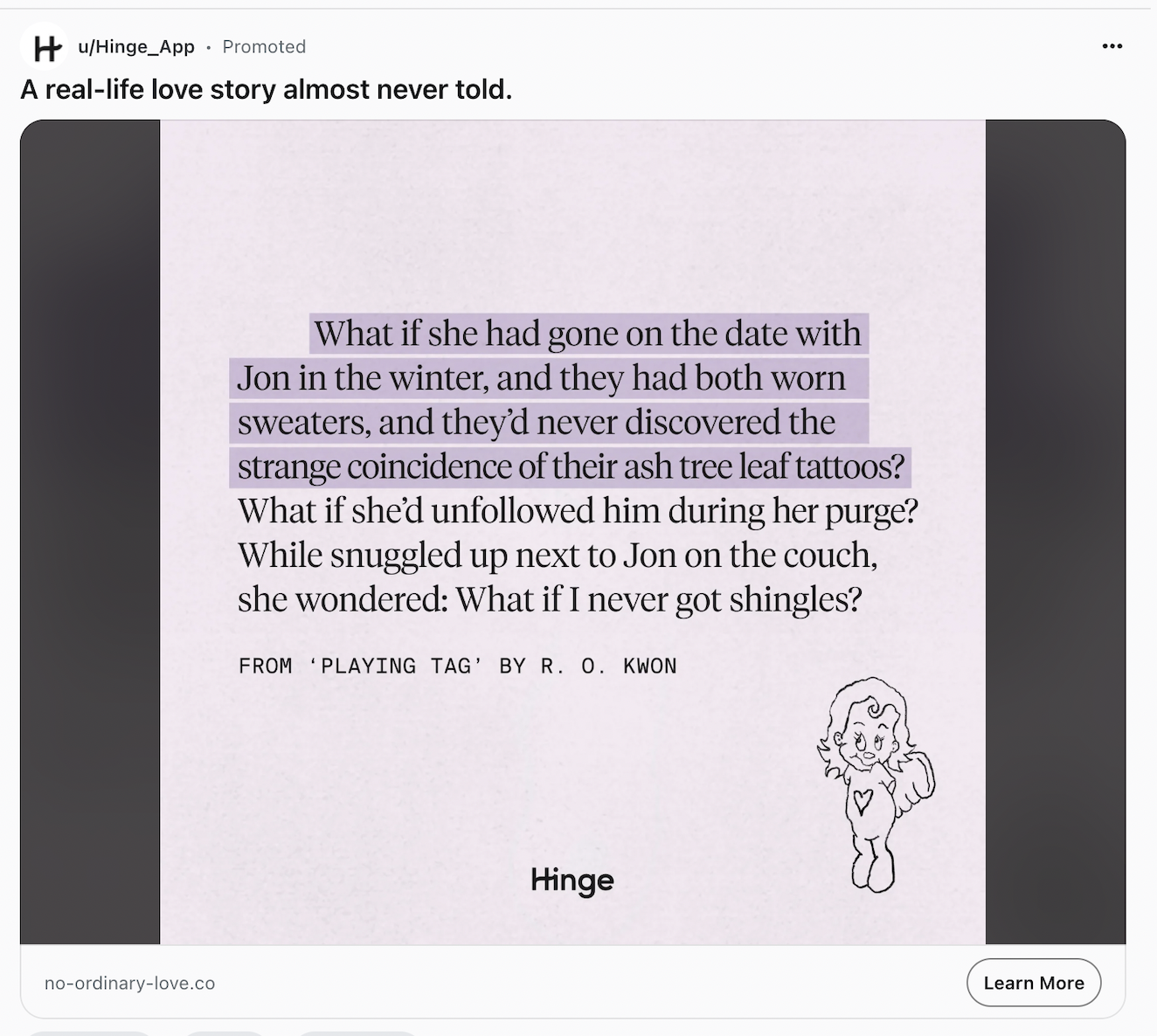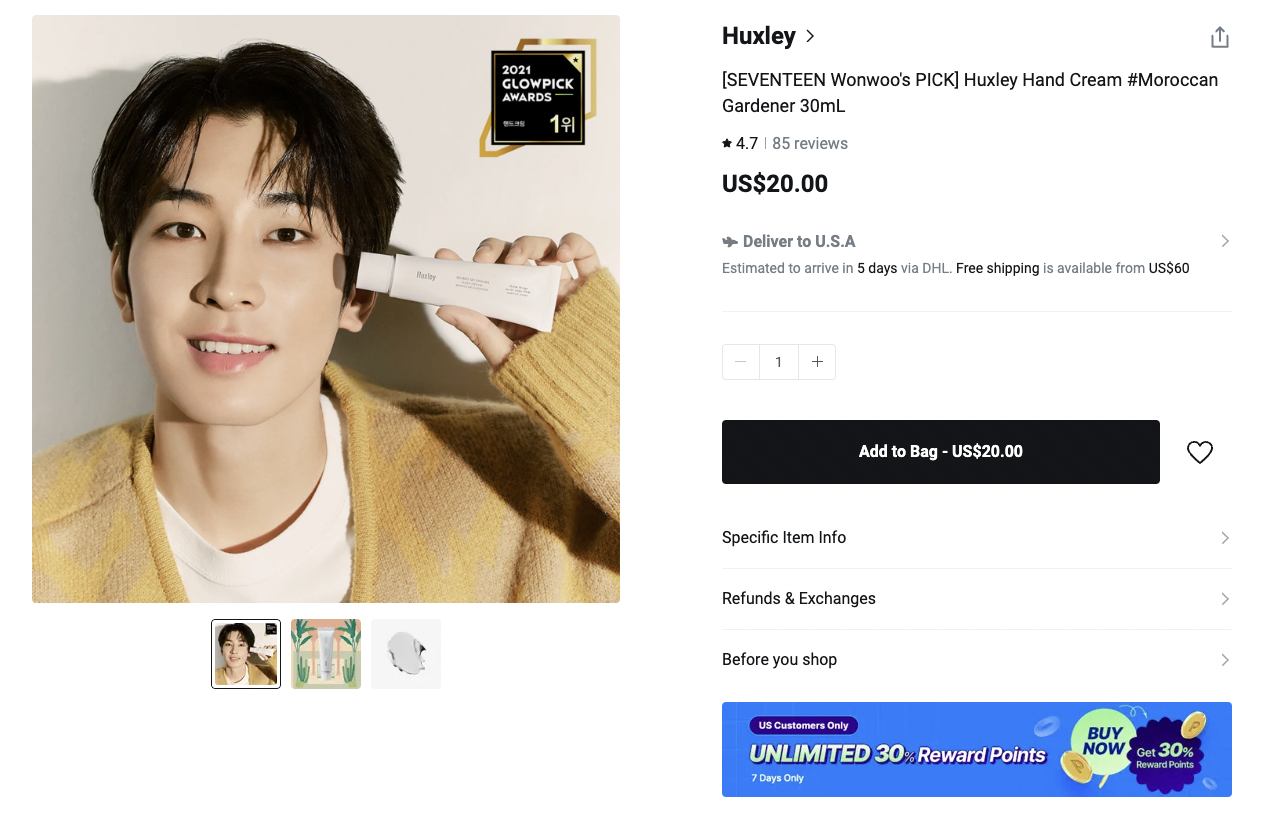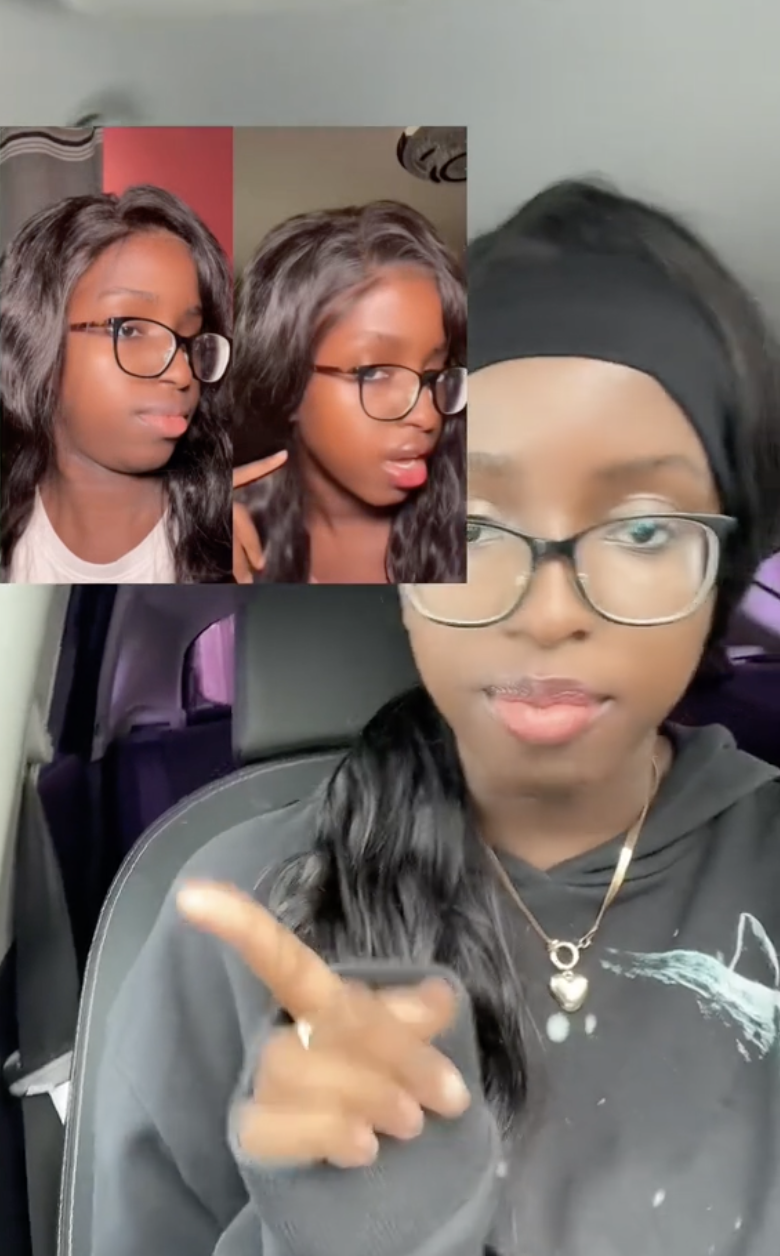In collecting data for this presentation, I aimed to diversify the types of advertising sources to get a broad representation of fallacies and persuasion techniques. I explored platforms like YouTube, Instagram, Reddit, and shopping or news websites, as well as ads from movies I’ve watched recently. This gave me access to both short-form and long-form content. However, despite my effort to find a variety, I noticed a surprising similarity across ads.
I was not able to find ads across all 15 fallacies, as many ads focused on only a few techniques repeatedly. Many fell into the same fallacies, particularly an appeal to authority, where individuals with more experience, such as academics, or with higher status, like celebrities, endorsed products.
I also experienced a lot of advertisements that felt almost too personal, where it would have been something I would seek on my own, especially for the ads I had on Pinterest or Instagram. This reminded me of Cory Doctorow's concept of surveillance: "The more data they have, the more precisely they can profile you and target you with specific messages" (Doctorow).
A particular targeted ad I experienced was from a burger place. I received an Uber Eats coupon for my next three orders just after I had been thinking about that same burger place. It was as if the ad was reading my mind, but it was clear that this was another hyper-targeted ad, as Doctorow outlines in her book.

Part One and Two: Data Collection
Collected data from Pinterest, Tiktok, Daily Mail, Instagram, Youtube, Olive Young. Compiled data below!
- All
- Static
- Dynamic
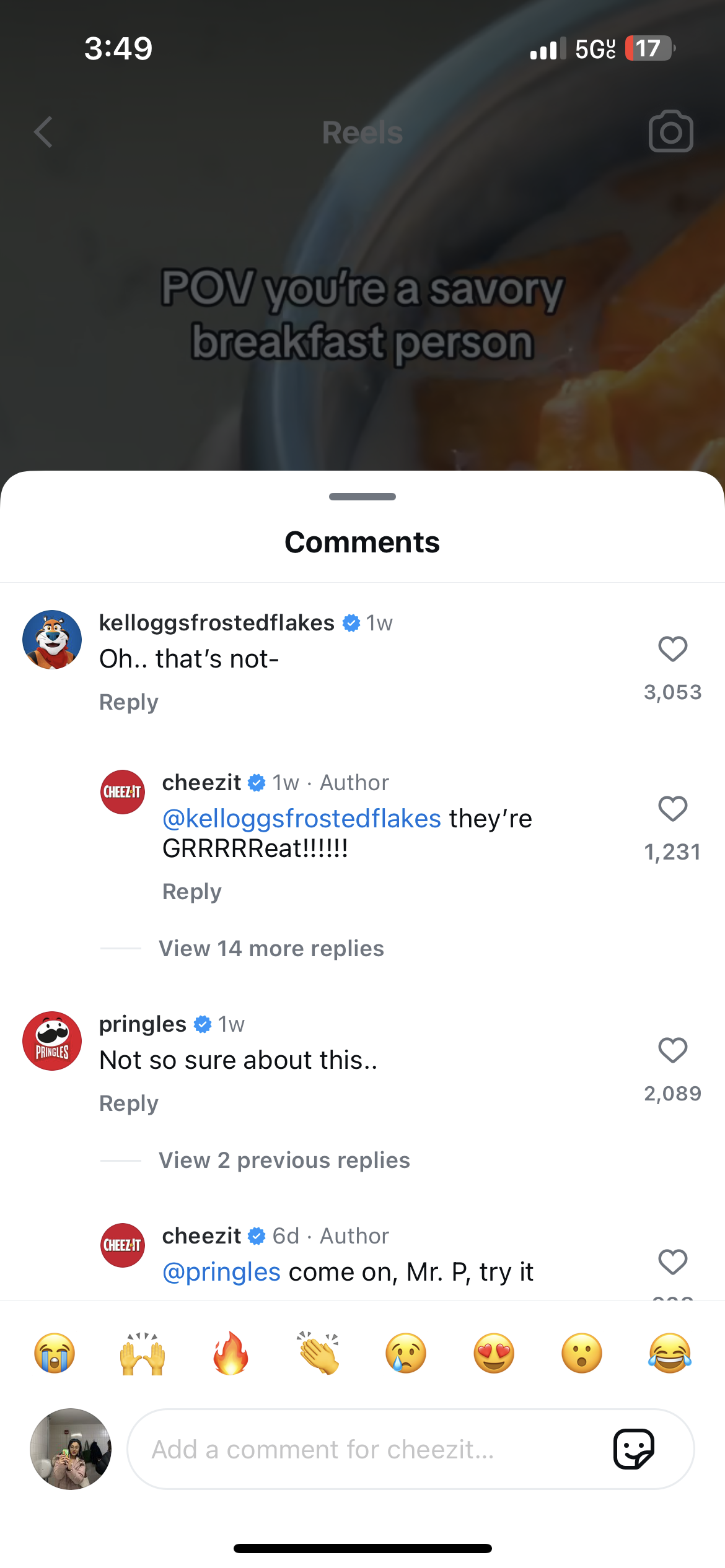
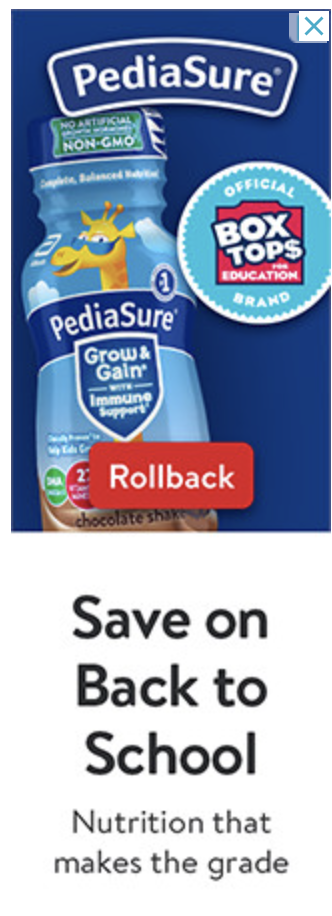



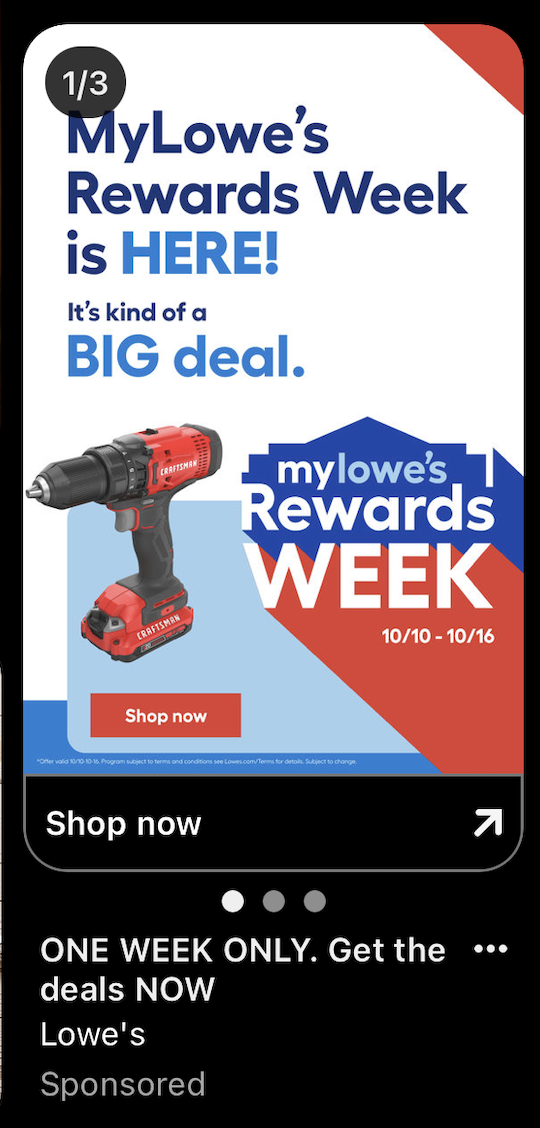
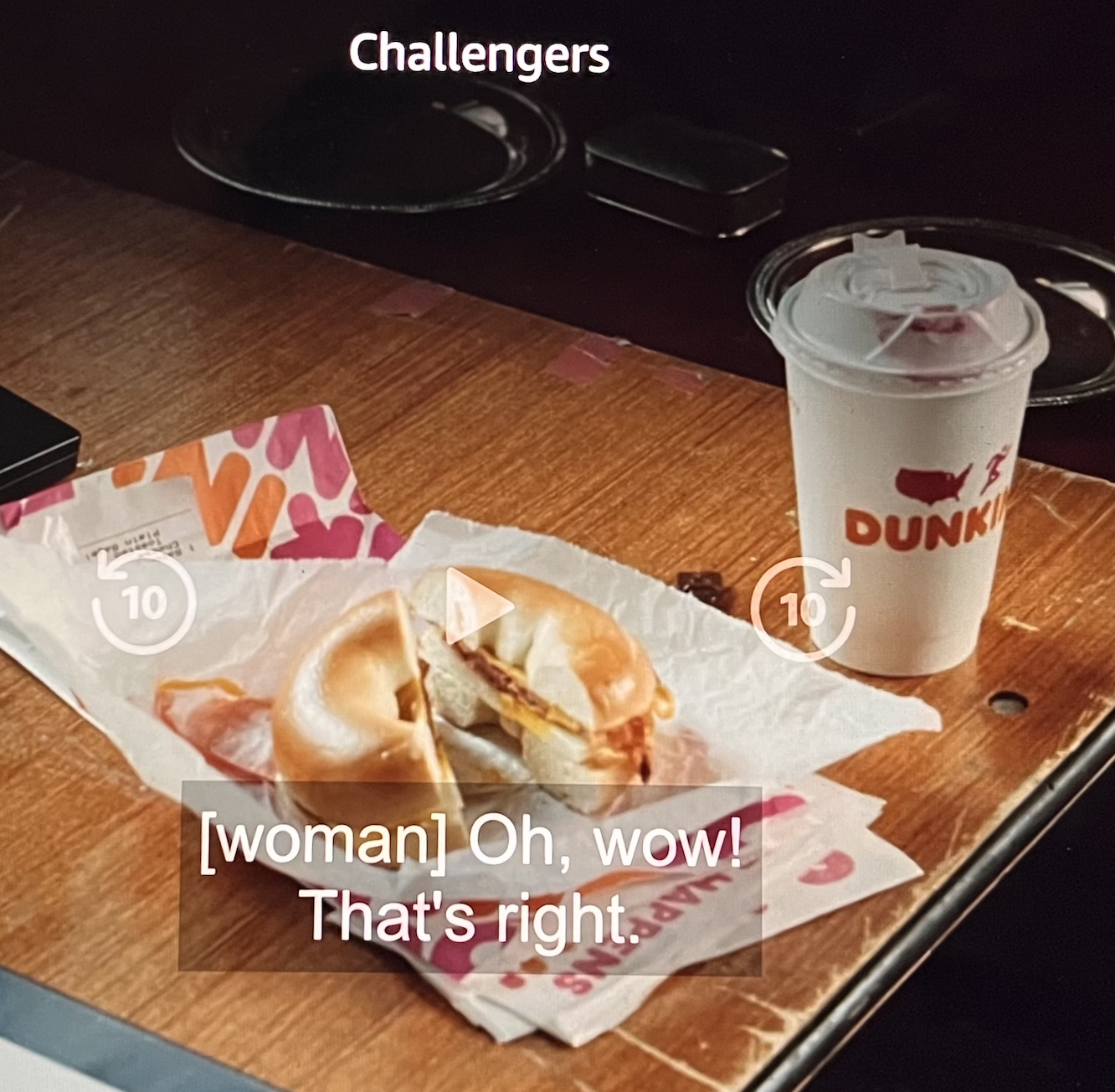


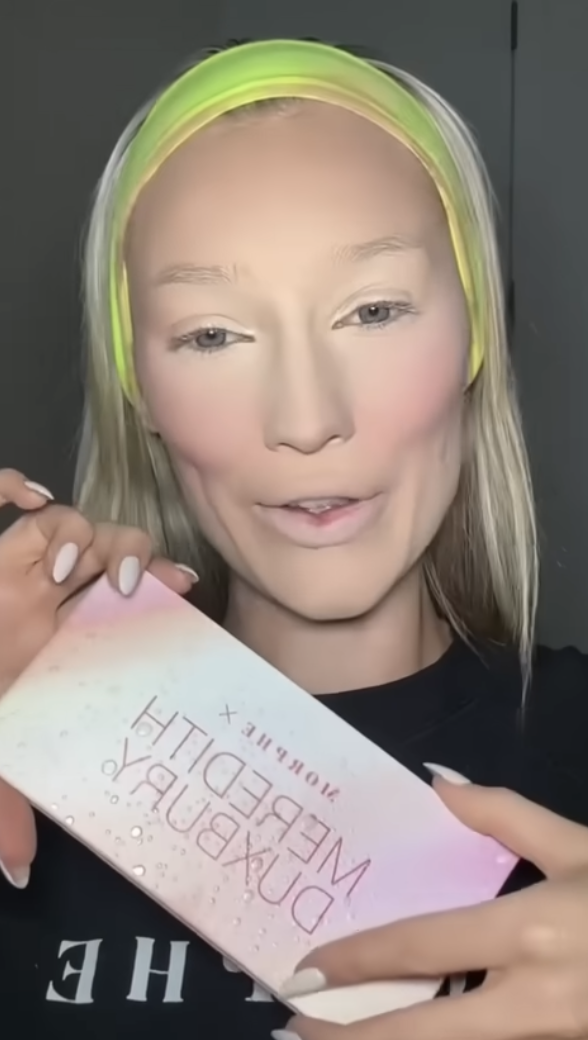
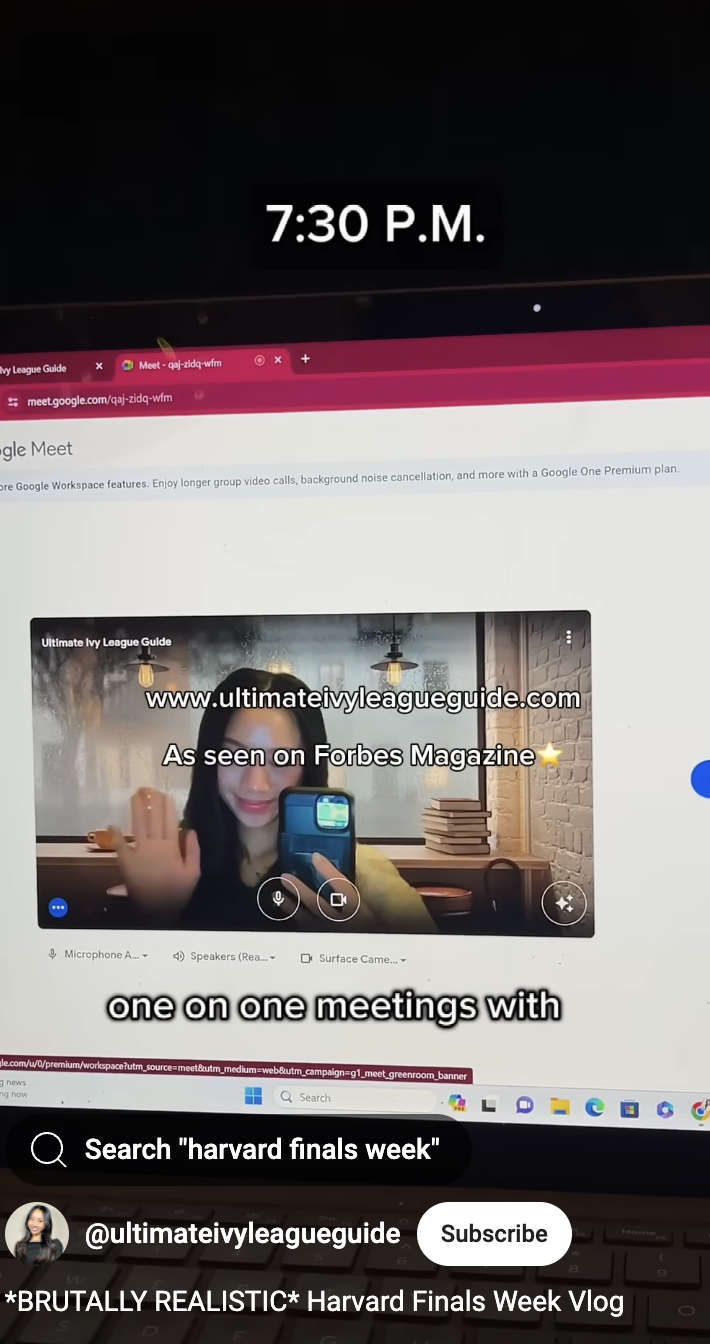
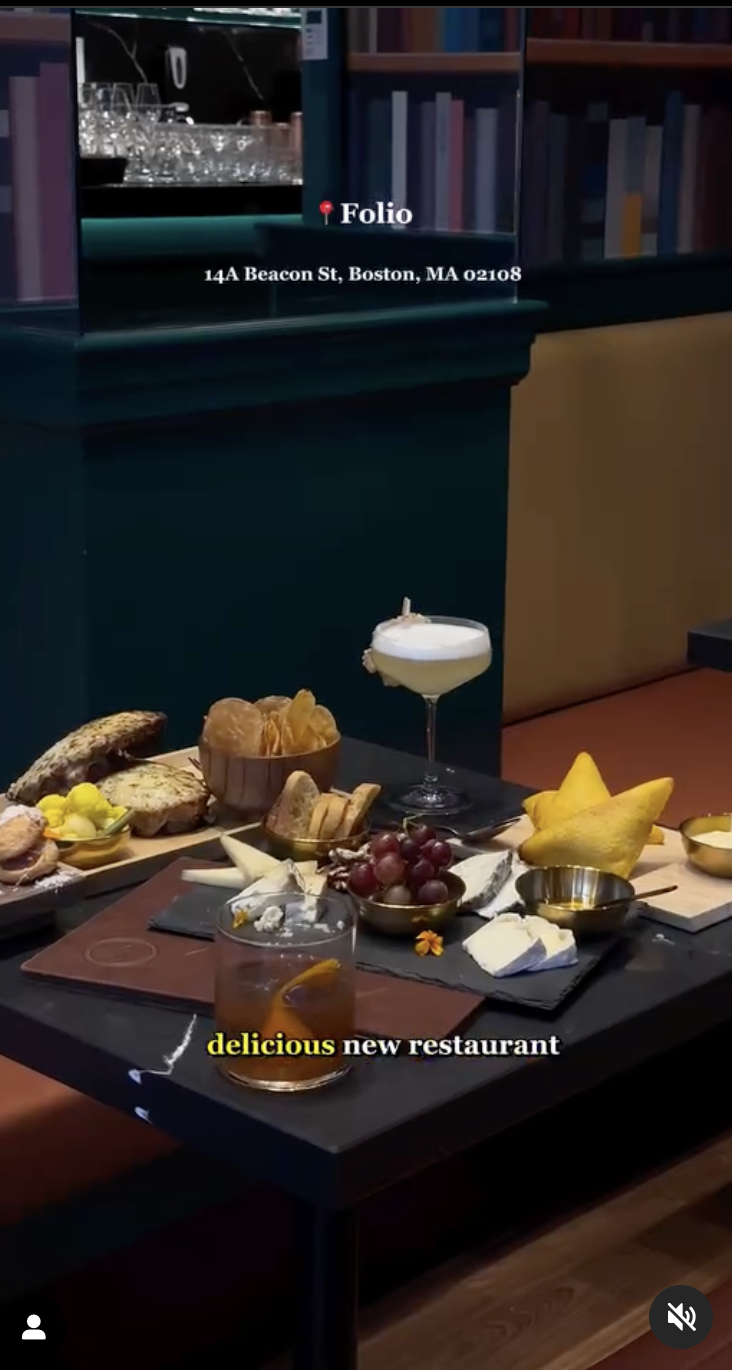

Part Three: Deeper Analysis
A deeper analysis of the Pediasure advertisement and the BBC Documentary advertisment.
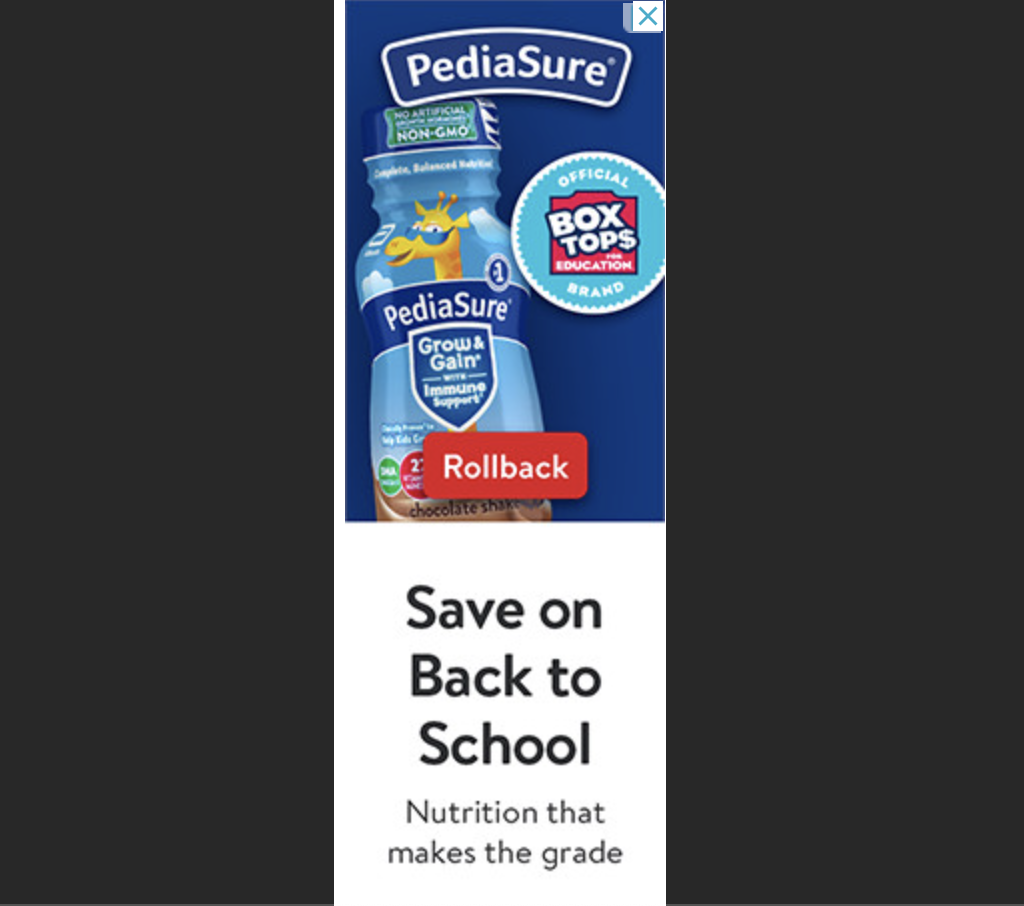
The PediaSure ad is arguing that their product provides essential nutrition for children, helping them grow and stay healthy, and implying that this will positively impact their academic success. The ad ties the product to the back-to-school season, suggesting that proper nutrition from PediaSure will "make the grade," helping children perform better in school.
Post hoc is when one assumes that because one event is after another, the first event must have caused the second. This ad uses post hoc by implying that PediaSure's nutrition alone is enough for children to excel academically, which oversimplifies the relationship between health and school performance. The ad fails to acknowledge the many other factors that influence school success, such as study habits, learning environments, or mental health. Suggesting that the drink leads to better grades lacks sufficient evidence or argumentation; perhaps studies or numbers that show a direct correlation between drinking PediaSure and having better grades would strengthen this ad.
This ad does not feel personalized to me. It is clearly aimed at parents of young children who are concerned about their children's nutrition as they return to school, and I am unsure how this ad reached me. Albeit, it seemed none of the Daily Mail advertisements seemed catered to me; perhaps this site is less likely to use personal data to advertise.
Looking closely at the ad and the product, it could be persuasive. We see the drink say “immune support”, which could be an attractive option for parents hoping to support their children’s health. However, the ad itself seems to lack much of this nuance. While the ad may persuade some parents by emphasizing health and academic success, it is not very convincing due to the weak link between nutrition and better grades. The connection between PediaSure and academics may be the last thing on a busy parent’s mind. Overall, its argument lacks sufficient depth to be truly persuasive.
Deeper Analysis: Video
Video on the Dynamic BBC Documentary Video
Sources
Doctorow, C. (2020). How to Destroy Surveillance Capitalism. In OneZero by Medium. https://firestorm.coop/products/16492-how-to-destroy-surveillance-capitalism.html
Links- BBC Documentary
- YouTube Sponsored Ad
- Star Gazing Video on Pexels
- Harvard Student Book
- Space on Pexels
- Pinterest Lowes Ad
- Pinterest Clothing Ad
- Pinterest Lists Ad
- Daily Mail US Home
- Olive Young Hand Cream
- Boston Restaurant
- Hinge
- Ice Spice and Ben Affleck x Dunkin
- Laundry Detergent Ad
- Ashwaganda TikTok Video
- Morphe Influencer Palette
- Adobe Photoshop Ad

